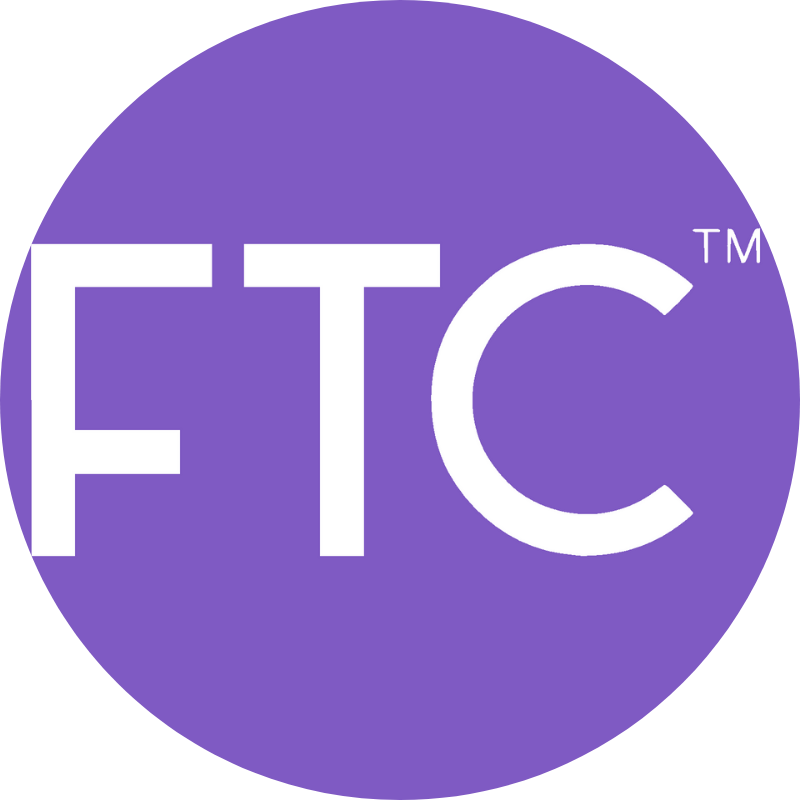Crow Quill Pen
One of the more elegant old-fashioned arts that is slowly being lost is making and repairing quill pens, an artform which requires constant sharpening to remain functional.
A crow quill pen is constructed using the primary flight feathers from any bird; feathers from left wing wings are preferred as they naturally curve toward the scribe’s sightline and feature capillary action to allow ink to flow more readily through capillary action. A slit is cut into the longer part of each feather to enable ink flow through capillary action.
Origin
Quill pens were the go-to option during the Middle Ages for writing most medieval manuscripts. Made from flight feathers of large birds (usually goose or swan), quill pens could then be transformed into writing points with an optional pen knife (small blade used to shape feathers into fine writing points).
Feathers must be hardened through either ageing or heat treatment in order for the writing tip to absorb and store ink effectively. Furthermore, they can be formed into nibs which allow capillary action to bring more ink through them.
Crow quill pen nibs were preferred for fine lines because of their flexible, fine nibs – making them popular among artists, draftsmen and cartographers alike.
Function
Crow quill pens produce ultrafine lines, making them the ideal tool for cross-hatching and detailed work. However, their precise lines require a delicate touch and their inkflow can often be unpredictable depending on where the pen is held and the pressure applied by its user – this ultimately dictates its quality.
Once plucked, feathers were treated with heat to strengthen them and de-greased to eliminate an inhibiting membrane which prevented ink adhesion. Finally, they were cut using a pen knife into clean slits which would allow capillary action to lead the ink directly to the nib.
The Hunt 102 Crow Quill is one of the most widely-used quill pens, producing a fine line that can be adjusted in thickness for use as an illustration nib. Flexible yet sturdy enough for use by manga artists creating shojo manga comics, making this pen an excellent tool.
Design
Crow quill pens are flexible, fine-point writing implements designed for expressive or detailed drawings. They fit easily into mapping nib holders such as those found above, and can even be used with ink specifically intended for fine drawing pens.
Crow quills can also be used to add texture or stippling effects in drawings by applying more pressure than usual and drawing thicker lines with thicker strokes, giving your drawings an authentic appearance. This method allows your lines to look much more realistic.
Crow quill pens offer another advantage over regular drawing pens: refilling is effortless: press the side button to pump ink up through its nib. This enables you to draw for longer without constantly having to dip your pen back into its bottle, which is particularly handy when working from photographs or reference material.
Nibs
Speedball crow quill nibs come in an assortment of widths and stiffnesses to meet all types of calligraphy or drawing projects. Each nib contains a pointed tine that creates ink strokes when pressed to paper; depending on the amount of pressure applied and flexibility of your nib, its thickness and tone can vary accordingly.
The #102 Crow Quill Nib is an ultrafine and flexible nib, designed for use in mapping nib holders.
#22B Extra Fine: With its bronze finish and medium stiffness, this nib is ideal for Copperplate or Spencerian scripts, ornamental work and ruling. #56 Standard School: Stiff yet steady, this nib makes learning to write easier. #99 Drawing: Boasting an extremely fine point capable of thick swells – often used to detail fine hairline details on smooth papers.
Inks
Crow quill nibs are ideal for writing delicate letters with precise script and crosshatching illustrations, but are less suitable for bold calligraphy or envelopes; larger and more flexible nibs would be more suitable. Crow quills should work well with most pointed pen inks; however, watery and iron gall types may prove problematic.
Your ideal pen holder for using a crow quill should be called “crow quill-friendly”. Speedball offers such holders, although their ink may not meet fountain pen ink standards (it was designed for dip pens). Consider something more reliable such as Dr. PH Martin’s or Higgins ink instead if fountain pen work is your forte. Also try parchment; durable specialty paper designed specifically for pen and ink work that may cost more but is definitely worth investing in regularly if using crow quills regularly.


